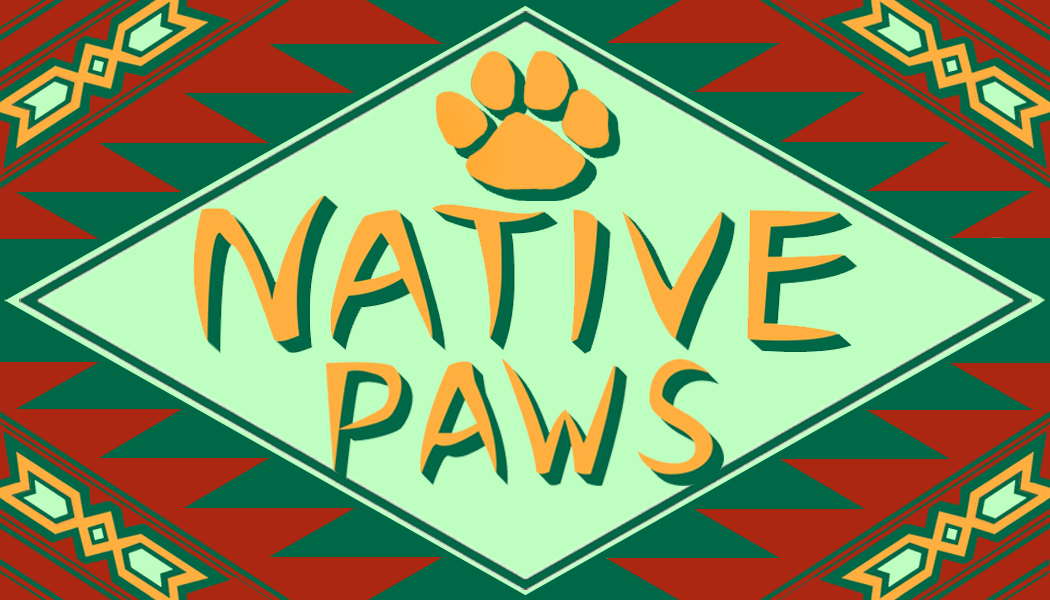What is a Reactive Dog and How Do You Train Them?
Training a reactive dog can be challenging. Understanding what a reactive dog is is essential to resolve this unwanted behavior effectively. My training technique involves helping your dog feel more confident, leading to positive behavior change. In this blog post, we’ll explore the characteristics of reactive dogs and discuss positive methods to train them.
What is a reactive dog?
Reactive dogs overreact to certain stimuli in their environment. These could be another dog, a person, noises, or anything that causes an intense emotional response. Reactions can range from barking and lunging to growling or even attempting to bite. These behaviors are often rooted in fear, anxiety, or frustration.
Common Triggers for Reactive Dogs:
Other dogs or animals
Strangers or unfamiliar people
Loud noises or sudden movements
Specific environments or situations
What is Positive Reinforcement?
Positive reinforcement involves rewarding your dog for displaying desired behaviors, which encourages them to repeat those behaviors. This method is highly effective for training reactive dogs because it focuses on building trust and creating positive associations.
Steps to Train a Reactive Dog:
Identify Triggers
Begin by observing your dog on a walk to identify the things that cause a reaction. Understanding these triggers is essential in developing an effective training plan.
2. Create a Safe Environment
Training should start in a controlled, low-stress environment. We want to gradually expose your dog to these triggers at a distance where they can remain calm and focused. Our goal with training is to keep them below their threshold. Dogs learn best when they aren’t feeling stressed or anxious.
3. High-Value Rewards
Use treats, toys, praise, or anything your dog finds rewarding. The goal is to create a positive association with the trigger. For example, if your dog reacts to other dogs, reward them for calm behavior when another dog is at a distance. The higher the reward value, the faster your dog will respond to training, so bring out the chicken or cheese.
4. Teach Alternative Behaviors
Train your dog to perform alternative behaviors instead of reacting. We call this teaching a non-compatible behavior. Things like “Sit,” “Watch me,” or “Leave it” can be incredibly useful when working with a reactive dog to redirect their attention back to you. Dogs respond best when they’ve had some time to practice these behaviors ahead of time. So, for best results, work on these behaviors at the house with minimal distractions before trying them when triggers are present.
5. Gradual Exposure
Gradually decrease the distance between your dog and the trigger while maintaining a calm and positive demeanor. Your dog can pick up on your energy, so staying calm and in control is important. Consistency is key; practice regularly and reinforce the desired behaviors. We are desensitizing your dog to these triggers over time. Change won’t be immediate, but with time and consistency, you will be on your way to having a well-behaved dog you can take with you anywhere.
Benefits of Positive Reinforcement for Reactive Dogs
Positive reinforcement is not only helpful in modifying behavior, but it also strengthens the bond between you and your dog. This approach builds trust and reduces fear and any behavior problems caused by fear. This approach is great for nervous dogs as it promotes a sense of predictability and security. Over time, you will notice your dog becoming more confident and looking to you for direction when unsure. They will become less reactive in situations that previously triggered them.
Conclusion
Training a reactive dog takes patience, understanding, and consistency. There is no quick fix when it comes to behavior modification. However, if you stick to these basic principles, you should start to see amazing results that last a lifetime. Remember, every dog is unique, and progress may be gradual. Celebrate small victories and foster a positive, supportive relationship with your furry friend.
If you are struggling with your reactive dog, I offer private sessions where I work one-on-one with the dog and owner to develop a personalized training plan. I have extensive experience helping people train their reactive dogs so that they can have a more fulfilling relationship with their furry companions. For more tips on reactive training, contact me or book a session. Happy training!
Managing reactive behavior. (n.d.). Cornell University College of Veterinary Medicine. https://www.vet.cornell.edu/departments-centers-and-institutes/riney-canine-health-center/canine-health-information/managing-reactive-behavior
Cpdt, S. G. M. (2024, February 21). Dog reactivity: Understanding the difference between reactivity and aggression. American Kennel Club. https://www.akc.org/expert-advice/training/reactivity-vs-aggression/
Cpdt, S. G. M. (2024, March 14). Changing Your Dog’s Behavior With Desensitization and Counterconditioning. American Kennel Club. https://www.akc.org/expert-advice/training/changing-your-dogs-behavior-with-desensitization-and-counter-conditioning/
Reactivity and aggression in dogs. (n.d.). Animal Humane Society. https://www.animalhumanesociety.org/resource/reactivity-and-aggression-dogs


